ACTOR DISCUSSES HIS CAREER AND PASSION FOR ENTERTAINING
ACTOR Kiran Raj has carved out a place for himself in the hearts of Kannada and Hindi language audiences around the world.
The self-made star has risen up from being a backing dancer to delivering winning turns in popular film and television projects such as Heroes, Love By Chance, Yeh Rishta Kya Kehlata Hai, Tu Aashiqui, Devathe, Kinnari, Chandramukhi, March 22, Asathoma Sadhgamaya and Kannadati. The versatile actor with nearly a million Instagram followers has balanced out big performances with philanthropic work.
With more big projects on the way, Eastern Eye caught up with the popular Indian personality to discuss his acting journey, future hopes, lockdown life lessons and secret of a great performance.
What first connected you to acting?
Initially, I wanted to get into direction and editing and studied for the same too. During my course, there was some audition happening and my friend insisted that I should give it a shot, so I did and ended up with the part. That’s when I realised, I’m quite decent in front of the camera and can act well too. So, one after the other I landed up with roles, and kept improving and learning. Gradually, I realised that I enjoy acting and eventually it became my passion.
How do you look back on your journey as an actor?
I would say it wasn’t easy. I’ve been a background dancer too and have done side roles, but every project of mine has taught me a lot. Today, when I see myself in proper full-fledged roles, I feel proud of my journey as I’ve earned it. Whatever I am today is due to my hard work, along with my parents’ support and blessings.
Which of your characters is closest to your heart?
It’s hard to pick as I give my 100 per cent to each and every character I play. But the one character that’s really interesting, and I’m looking forward to is in my upcoming Kannada movie Swaagatha, as it’s so versatile. I also have a monologue in it, which I’ve attempted for the first time. I hope my audiences love and appreciate it, because I’ve put in a lot of effort into this character.
Which role challenged you most?
I would say Harsha in Kannadathi, as the storyline began with a carefree rich ambitious guy who does not bother about his surroundings and gradually, how he changes and becomes caring and loving. This transition was not easy as I had to play it in a way that my audiences would connect with it, which I think they did like always.
Who have you enjoyed working with the most?
I enjoy working with every creative person, no matter new or experienced, as it teaches me something new in some or the other way.
Does your approach between cinema and TV change?
No, I’m an actor and acting is my job, be it cinema or TV. I do both with equal dedication because at the end of the day what comes on screen has to be 100 per cent good for me and give me self-satisfaction, that ‘yes, I’ve done a good job’. Then only my audiences will be able to love it.
How do you approach a new project?
Every new project is a fresh journey for me. With the kind of person I am, I get involved 100 per cent with it. I am a perfectionist, so need things to be proper. I pick things that I am confident about and which I think I can justify to my audiences.
What can we expect next from you?
I have quite a few interesting films lined up in Kannada and Telugu, and every story is different from the other, so audiences will get to see me in a variety of interesting roles, which I am sure they will enjoy.
Do you have a dream role?
Yes, I have a few in mind that I will someday portray on a larger scale, but until then it’s a surprise.
What according to you is the secret of a great performance?
Dedication completely. You have to live a role to give a great performance; until you don’t feel it from within, you won’t be able to perform. At least that’s what works for me. And I believe that when my audiences are investing their time and money to watch me, and showering me with so much love and appreciation, I owe them a great performance each time.
What is it that inspires you?
Challenges in life inspire me. Every time there is a new project or situation in my personal life and the way I have to deal with it according to the situation really inspires me, because it teaches me how life moves on, and how we need to move ahead with equal motivation and dedication, balancing everything at the same time.
If you could master something, what would it be?
I would like to master the art of filmmaking for sure as I’m very passionate about it from my college days. Even in my free time, I keep trying my hands at editing, writing, etc., and one day it’s my dream to make my own film and be behind the camera.
What kind of content do you enjoy watching as an audience?
Action flicks any day and anytime!
What is the biggest life lesson lockdown has taught you?
Nothing is permanent. We should value everything and every person that God has given us in our lives, and thank God for at least giving us the capacity to go through these difficult times, because there are many around us that don’t have what we do. And try to help as many as possible.
Instagram: @itskiranraj and www.kiranraj.me
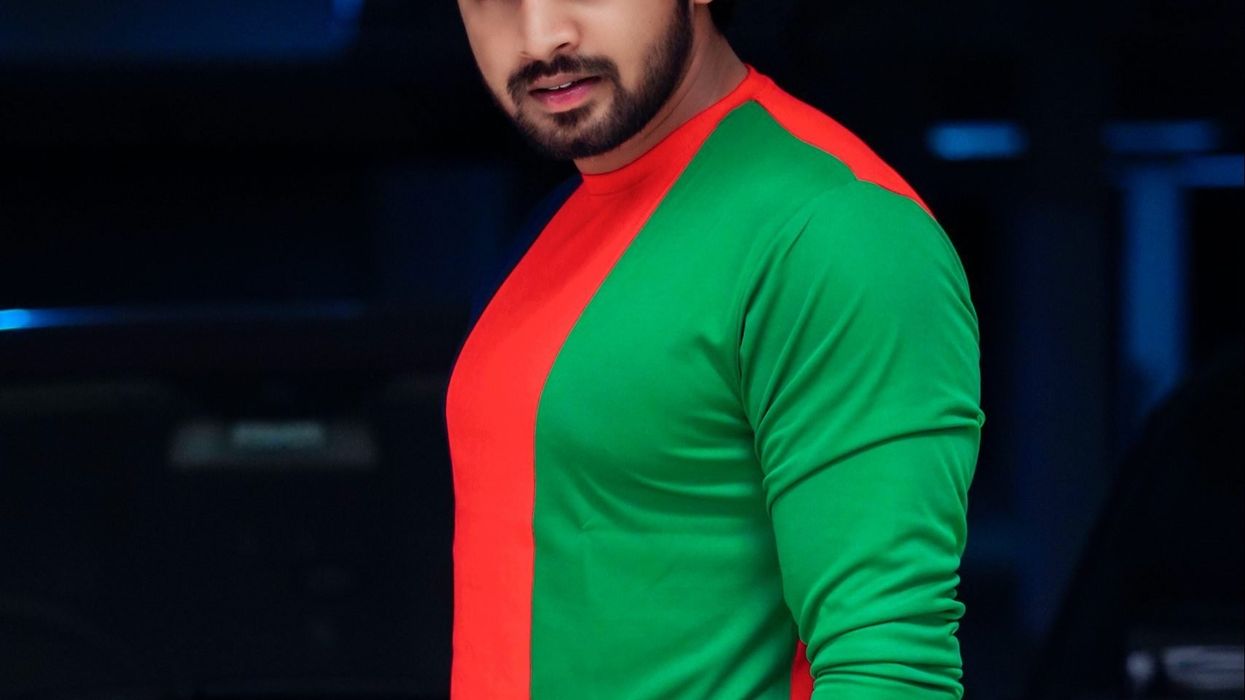





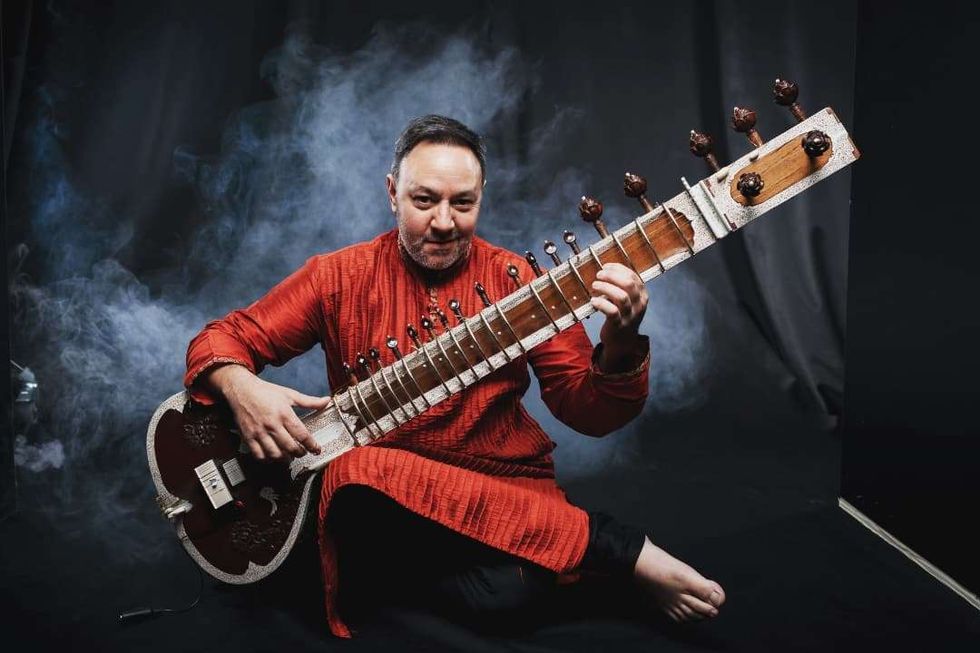 Jonathan Mayer on the sitar and beyond Instagram/the_sitarist/ @sat_sim
Jonathan Mayer on the sitar and beyond Instagram/the_sitarist/ @sat_sim 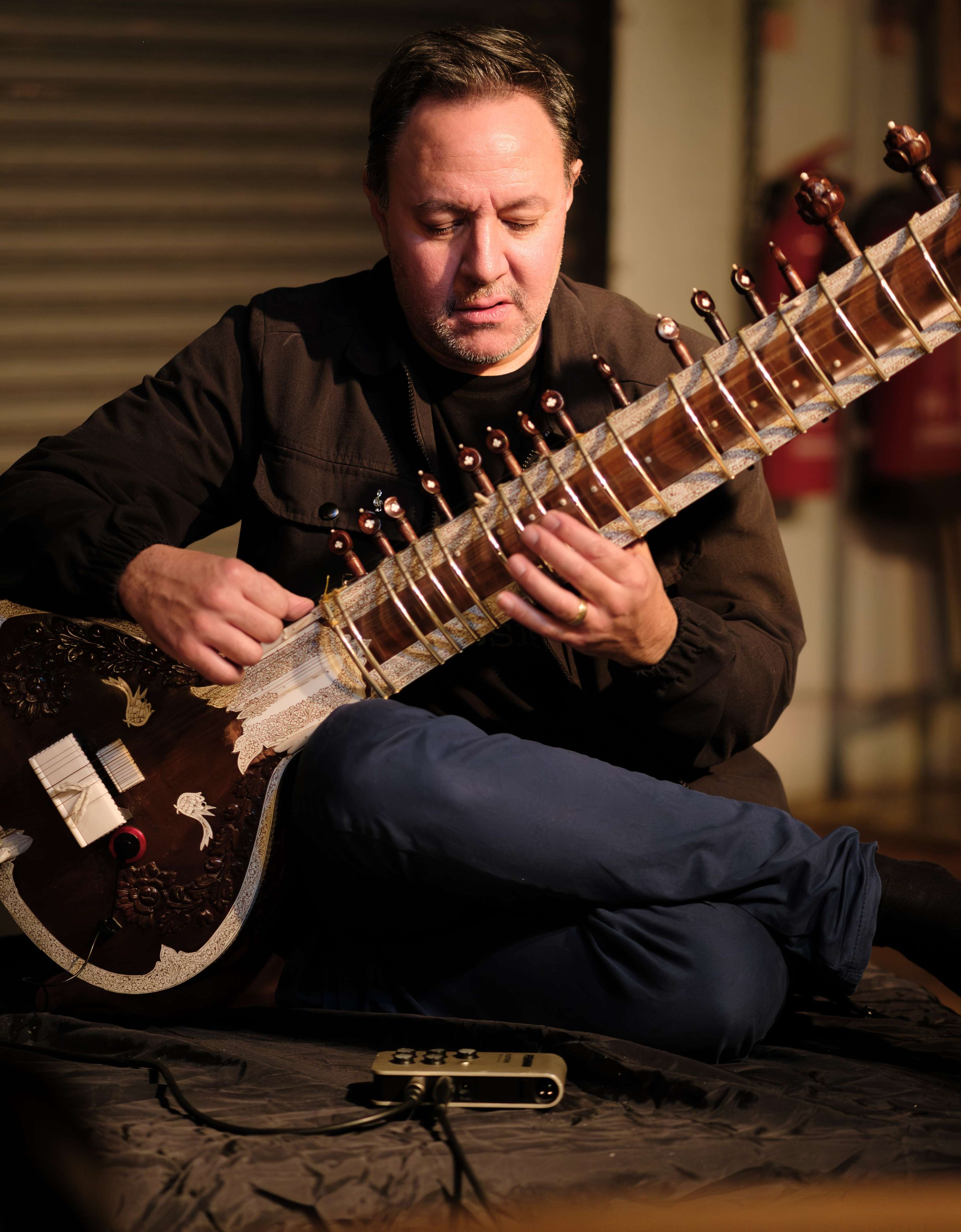 Redefining Indian classical music with Jonathan Mayer Akil Wilson
Redefining Indian classical music with Jonathan Mayer Akil Wilson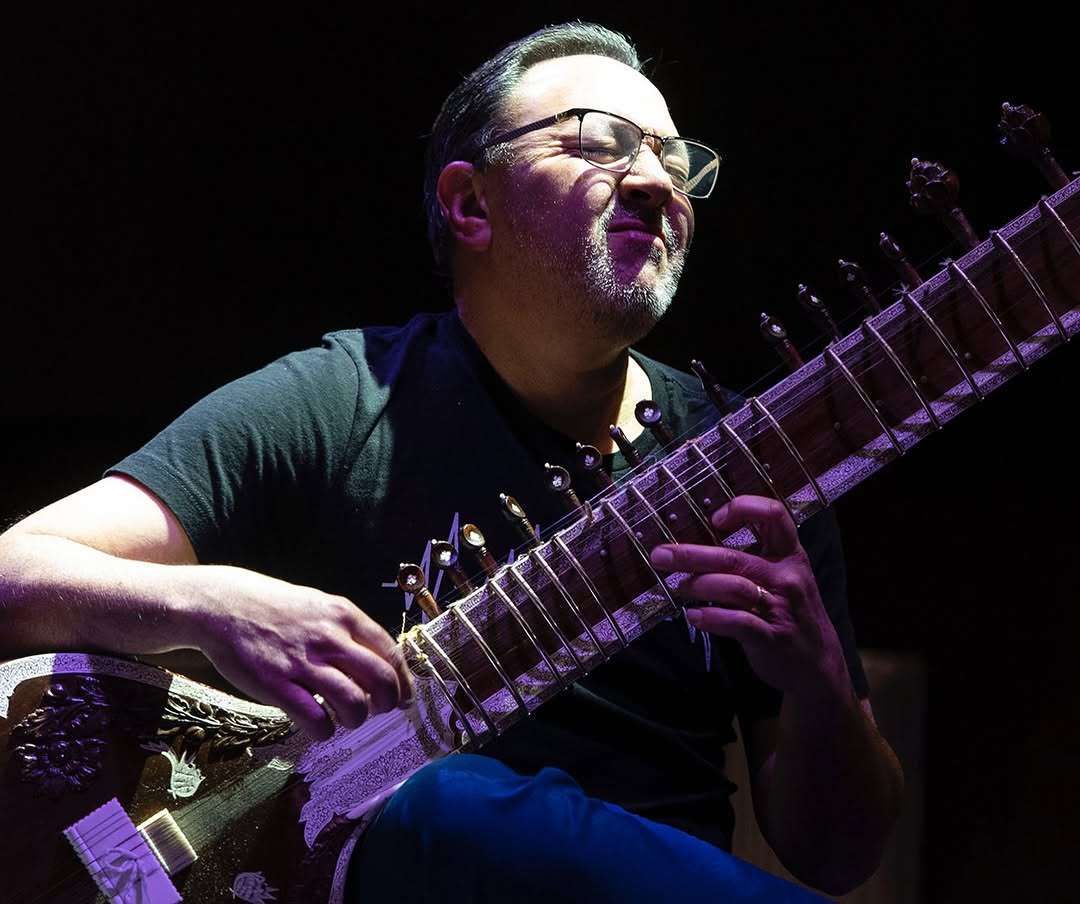 Jonathan Mayer on music without boundaries Instagram/the_sitarist/
Jonathan Mayer on music without boundaries Instagram/the_sitarist/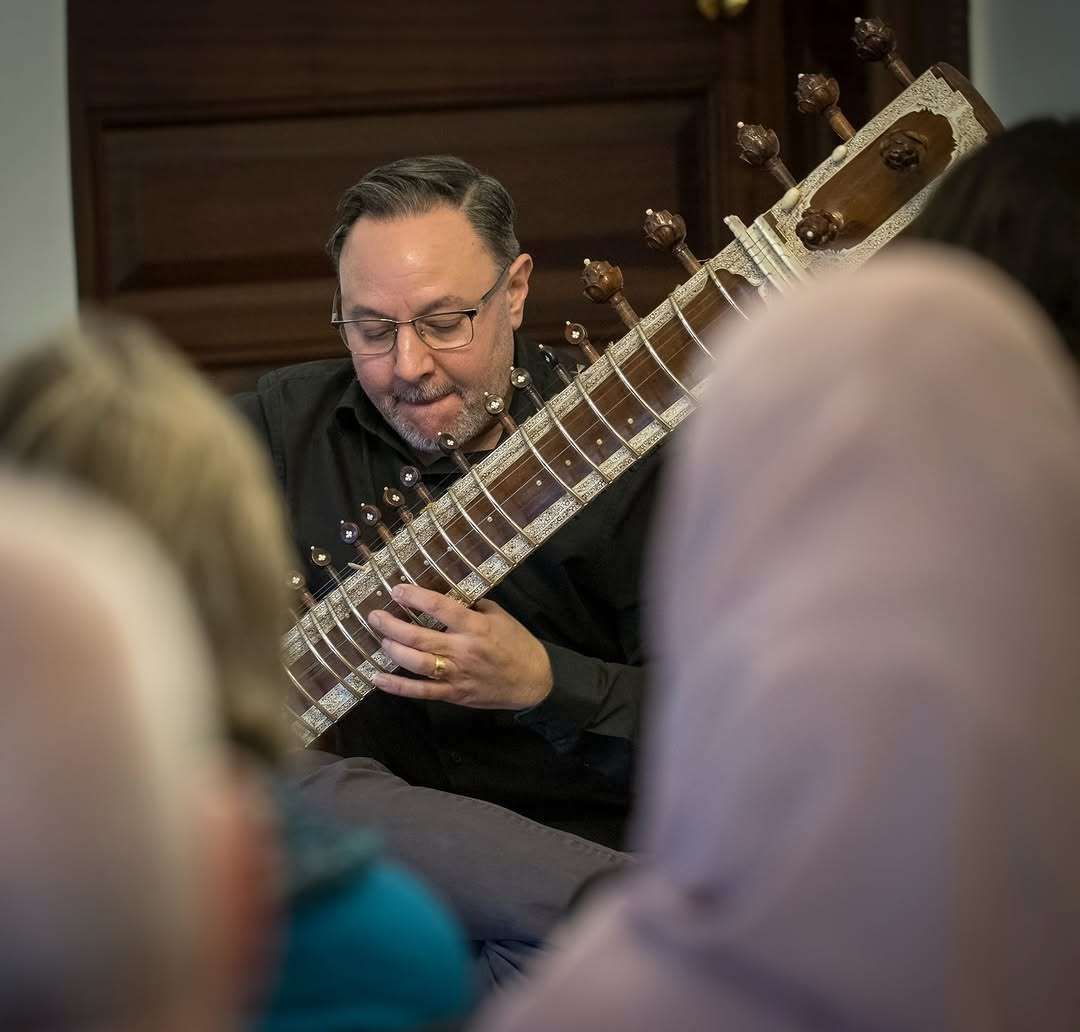 Jonathan Mayer on teaching and performing Indian music Instagram/
Jonathan Mayer on teaching and performing Indian music Instagram/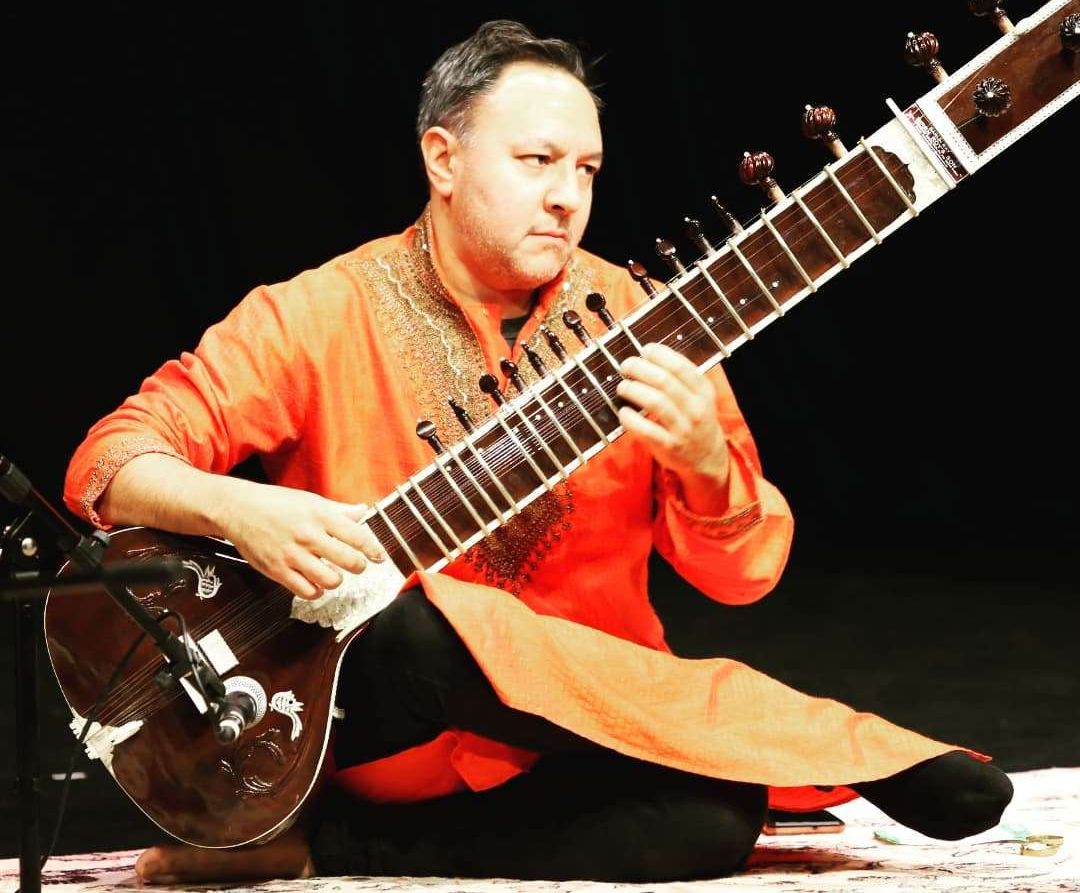 Jonathan Mayer about sitar as a voice of identityInstagram/
Jonathan Mayer about sitar as a voice of identityInstagram/





